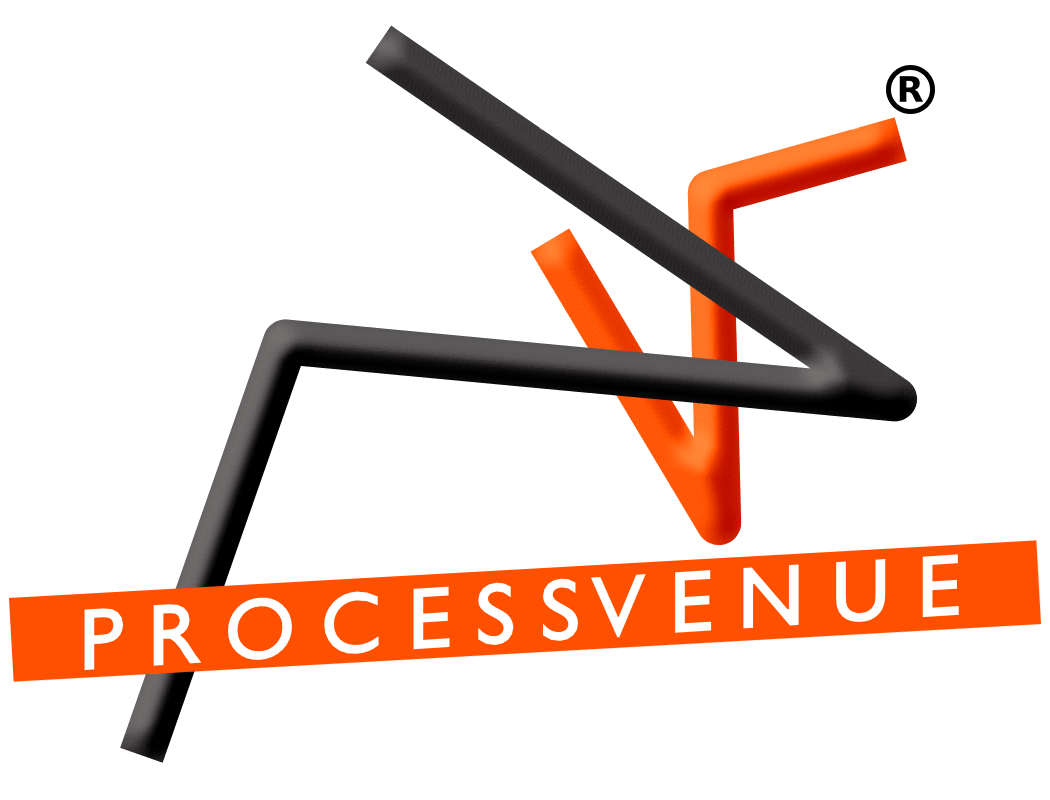
Fraud Management: Recover Value With Advanced Solutions
|
Getting your Trinity Audio player ready...
|
Card fraud has increased. Here’s what financial institutions need to know to get a grip on fraud management, and improve the customer experience.
The incidence of card fraud has rocketed in the past few years, partly as a result of the rise of e-commerce and mobile payments. Worldwide losses climbed to almost $23 billion in 2016, and could be close to $44 billion by 2025 (Exhibit 1). A recent report found that 82 percent of companies surveyed had been victims of fraud in 2016, an increase of 21 percentage points in four years. In addition to the direct cost of fraud, companies also lose sales when good transactions are denied by fraud management systems. Another report found that up to 25 percent of declined sales transactions for e-commerce merchants were false positives.
As more merchants migrate to EMV, the global standard for chip-based debit and credit card transactions, fraud for card present (CP) transactions has fallen, but fraud for card not present (CNP) payments has increased. This places bigger burdens on merchants, since they bear the cost of CNP-based fraud, whereas banks do so for CP. Mobile payments face even more security risks because smartphone technology lags traditional computer systems in terms of security. For instance, operating systems are not updated as frequently, and security software is less common. As more commerce moves online and onto mobile, card and other types of fraud are draining substantial value from companies and putting the reputation of their brands at risk. Countering this threat will require companies to master state-of-the-art fraud management methods and tools.
This imperative is particularly urgent in the United States, which leads the world in losses from card fraud. In 2016, the US had a 40 percent share of global losses, worth $9 billion. Between 2013 and 2016, the cost of card fraud as a percent of revenue for US merchants rose by 42 percent, and the number of fraudulent transactions rose by 34 percent (Exhibit 2). A disproportionate share of this burden falls on larger e-commerce and mobile commerce merchants, with fraud costs as a percentage of annual revenues running 15 and 30 percent higher, respectively, than those of physical retailers.
In the near term, McKinsey expects that the main fraud challenges facing e-commerce and financial services firms will continue to be friendly fraud (disputed charges from valid cardholders) and identity theft. However, the nature of fraud is likely to evolve. For instance, identity theft is mutating from card skimming to account takeovers—a shift with major implications for most firms.
Fortunately, today’s firms have the means to fight back. Next-generation fraud management solutions have the potential to dramatically improve detection rateswhile substantially reducing false positives. Not only that, they can improve the customer experience and build customer engagement, loyalty, and value.
How fraud is evolving?
Fraud is becoming more sophisticated, with criminals leveraging AI, social engineering, and digital payment vulnerabilities to bypass security measures. AI-powered fraud enables fraudsters to automate attacks and create realistic phishing scams, making detection harder. Account takeover fraud is increasing as stolen credentials circulate on the dark web, requiring stronger authentication methods.
Social engineering tactics like phishing and deepfake scams are more personalised, tricking victims into revealing sensitive data. Meanwhile, digital payment fraud is rising due to weak security in e-wallets and QR codes. The growth of cryptocurrency fraud also allows criminals to exploit decentralized systems for money laundering.
Building Value With Leading-edge Fraud Management
A strong fraud management strategy prevents losses, improves operational efficiency, and enhances the customer experience. By leveraging advanced analytics, streamlined case management, and a customer-first approach, businesses can stay ahead of fraud threats.
1. Employ Advanced Analytics
Fraud detection is no longer about reacting to incidents—it’s about predicting them. AI-driven analytics and machine learning help businesses identify fraudulent patterns in real time, minimizing risks while reducing false positives. By continuously analysing transactions and user behaviour, businesses can detect anomalies before they lead to financial damage.
2. Reengineer Fraud Case Management
Handling fraud cases efficiently is just as important as detecting them. Automated fraud case management systems improve businesses’ tracking, investigating, and responding to suspicious activities. Real-time alerts, centralised case handling, and automated workflows ensure that fraud teams can act quickly, reducing the impact of fraudulent transactions.
3. Improve The Customer Experience
Fraud prevention shouldn’t come at the cost of customer convenience. A well-balanced fraud strategy minimises disruptions by reducing unnecessary transaction blocks while maintaining robust authentication and verification measures. This creates a seamless yet secure customer experience, ensuring legitimate transactions go through smoothly while fraudulent ones are blocked effectively.
By redesigning customer journeys, a company can rapidly uncover short-term opportunities to deliver impact as well as draw up a long-term roadmap to differentiate experiences, reduce fraud, and lower costs. One bank studied how different segments of customers feel when faced with a transaction denial. Building on its findings, it introduced new ways of handling transactions flagged as potentially fraudulent. Some customer segments were sent a mobile alert and could simply swipe to confirm the transaction as authentic; in other cases, small transactions that would previously have been denied were approved with a follow-up email confirming the transaction with the customer. This solution not only reduced lost sales and cut the cost of fraud management, but also increased overall customer satisfaction.
By redesigning fraud management using similar approaches, some businesses have increased digital usage by 10 to 20 percent, largely by making authentication painless for the customer. Other benefits include halving fraud incidents and increasing the value recovered from them by 95 percent.
Implementing An Integrated Approach
An effective fraud management strategy requires a comprehensive, interconnected approach rather than isolated solutions. Businesses must integrate multiple layers of data analysis, process controls, technology testing, and risk management to stay ahead of evolving threats.
Key Steps to a Holistic Fraud Management Framework
- Unified Data Models: Combine internal product data and external sources (device, biometric, and social data) to strengthen fraud detection.
- Redesigned Process Controls: To prevent fraudulent activity, implement stronger verification measures at critical touchpoints, including account opening and transaction initiation.
- Advanced Vendor Approach: Establish a fraud lab to test emerging technologies, assess new data sources, and optimize fraud-prevention tools.
- Refined Risk-Management Framework: Define fraud-loss tolerance levels to align with business goals, ensuring a balance between security and customer experience.
How Processvenue’s Solutions Can Help In Your Growth
ProcessVenue provides robust, scalable solutions that help businesses with:
- Detect Threats: Leverages AI-driven monitoring to identify and prevent security breaches in real-time.
- Secure Data Management: Implements encryption, access controls, and automated compliance checks to protect sensitive information.
- Prevent Fraud & Mitigate Risks: Detects anomalies, prevents account takeovers, and reduces exposure to cyber threats.
- Maintain Regulatory Compliance: Ensures adherence to data protection laws and industry regulations, minimizing legal risks.
- Integrate Seamlessly: Works across existing IT infrastructures without disrupting operations.
Conclusion
Fraud threats constantly evolve, and businesses must stay ahead with proactive, data-driven strategies. Advanced analytics, real-time monitoring, and adaptive risk management are key to effectively detecting and preventing fraud.
ProcessVenue provides AI-powered fraud detection, secure data management, and automated compliance solutions to help businesses minimise losses, protect customer trust, and recover value efficiently. Contact us to learn more!
FAQs
How do you recover from fraud?
Recovering from fraud involves immediate action to minimise losses. This includes freezing affected accounts, reporting the incident to authorities, conducting an internal investigation, strengthening security protocols, and improving fraud detection measures to prevent future occurrences.
What are the benefits of managing fraud?
Managing fraud helps businesses reduce financial losses, protect reputation, comply with regulations, enhance customer trust, and improve security. Proactive fraud management also helps detect threats early, minimising operational disruptions.
What is the role of management in fraud?
Management plays a crucial role in establishing fraud prevention policies, enforcing internal controls, monitoring transactions, conducting audits, and fostering an ethical corporate culture. A strong fraud prevention strategy starts with leadership setting the right compliance standards.
What are the opportunities for fraud?
Fraud opportunities arise due to weak internal controls, lack of monitoring, poor data security, insider threats, and inadequate fraud detection systems. Cyber vulnerabilities, unauthorised access, and financial loopholes also create risks.
What are the incentives for fraud?
Common incentives for fraud include financial gain, performance pressure, weak oversight, and personal motives. In some cases, employees or external attackers exploit security gaps to commit fraudulent activities.
What is risk and risk management?
Risk refers to the potential for loss or harm due to uncertain events. Risk management involves identifying, assessing, and mitigating risks through security measures, internal controls, compliance frameworks, and proactive monitoring.
Courtesy: McKinsey
